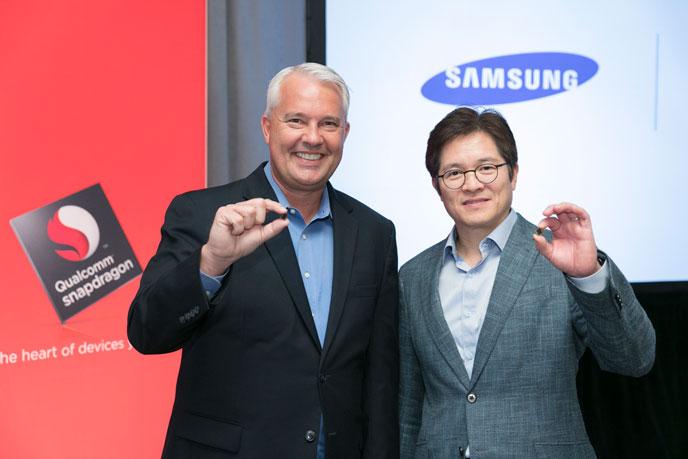
Among the smartphone making brands which have grabbed the attention of all the tech enthusiasts across the world, Xiaomi ranks within the top ones. And the latest news and updates have revealed that the China-based smartphone making brand is going to unveil the Xiaomi Mi6 in course of the year 2017 which is also going to be their flagship device. Reports have suggested that the device is going to be equipped with high-end hardware and software which will make it one of the most sought-after devices in the year 2017.
As the reports have suggested, Xiaomi Mi6 is going to come out with a Snapdragon 835 processor as one of its feature under the hood. In fact, it is believed that to equip the device with the latest system-on-chip from Qualcomm, Xiaomi has decided to postpone the release date of the Xiaomi Mi6. Hence it is very much possible that the upcoming flagship device from Xiaomi is going to be a high-performing one. Along with this the device is going to run on an Android 7.0 Nougat operating system and the CPU of the smartphone might be clocked at 2.5 GHz or 2.7 GHz.
The Xiaomi Mi6 is expected to be unveiled with a 6 GB RAM which is going to be one of the major upgrades from its predecessors. The RAM could be of 8 GB as well. But chances of an 8 GB RAM are minimal as Xiaomi might release an upgraded Mi 6S during the latter half of the year 2017. As of now it seems that the Xiaomi Mi6 is going to be equipped with a 6 GB RAM. The device might come out in a three variants based on the internal memory. A basic model of the Xiaomi Mi6 with 64 GB internal memory is expected to be released during the official launch of the device. Later on, the manufacturers are expected to release a couple of more variants of the device with a 128 GB internal memory and another with 256 GB internal memory.
Xiaomi is very much popular among the fans for the magnificent camera features that the already available devices of Xiaomi have provided. And the Xiaomi Mi6 is going to no exception. The device is going to sport a 20-megapixel rear camera which is going to be assisted by the f/1.7 aperture, Phase Detection AutoFocus (PDAF) technology and dual-LED dual tone flash. The selfie shooter is expected to be featuring an 8-megapixel camera which is also expected to better than many other smartphones which are already available on the market.
In addition to all these it is believed that the Xiaomi Mi6 is going to be backed up by a powerful 3,500 mAh non-removable battery. Also the Xiaomi MI 6 is going to come with the Quickcharge 4.0 technology which is going to enable the user with a fast charging facility. Xiaomi Mi6 will perhaps come with the Bluetooth 5.0 connectivity software alongside other common features like the Fingerprint scanner, Accelerometer, Gyro, proximity sensor, Barometer and Compass.
However, everything is in a state of speculation and we have to keep on waiting for all sorts of confirmation for which we might have to wait for few more days.

